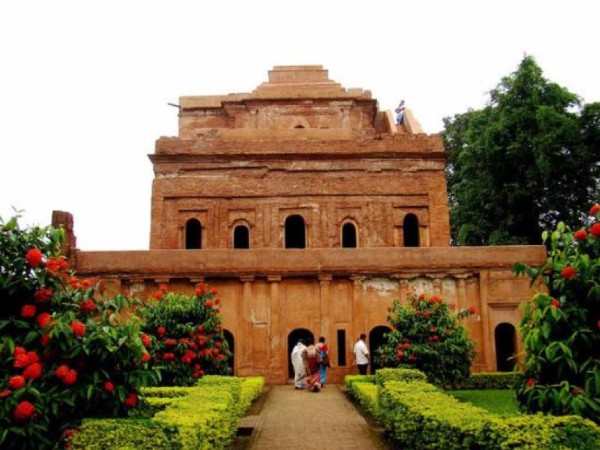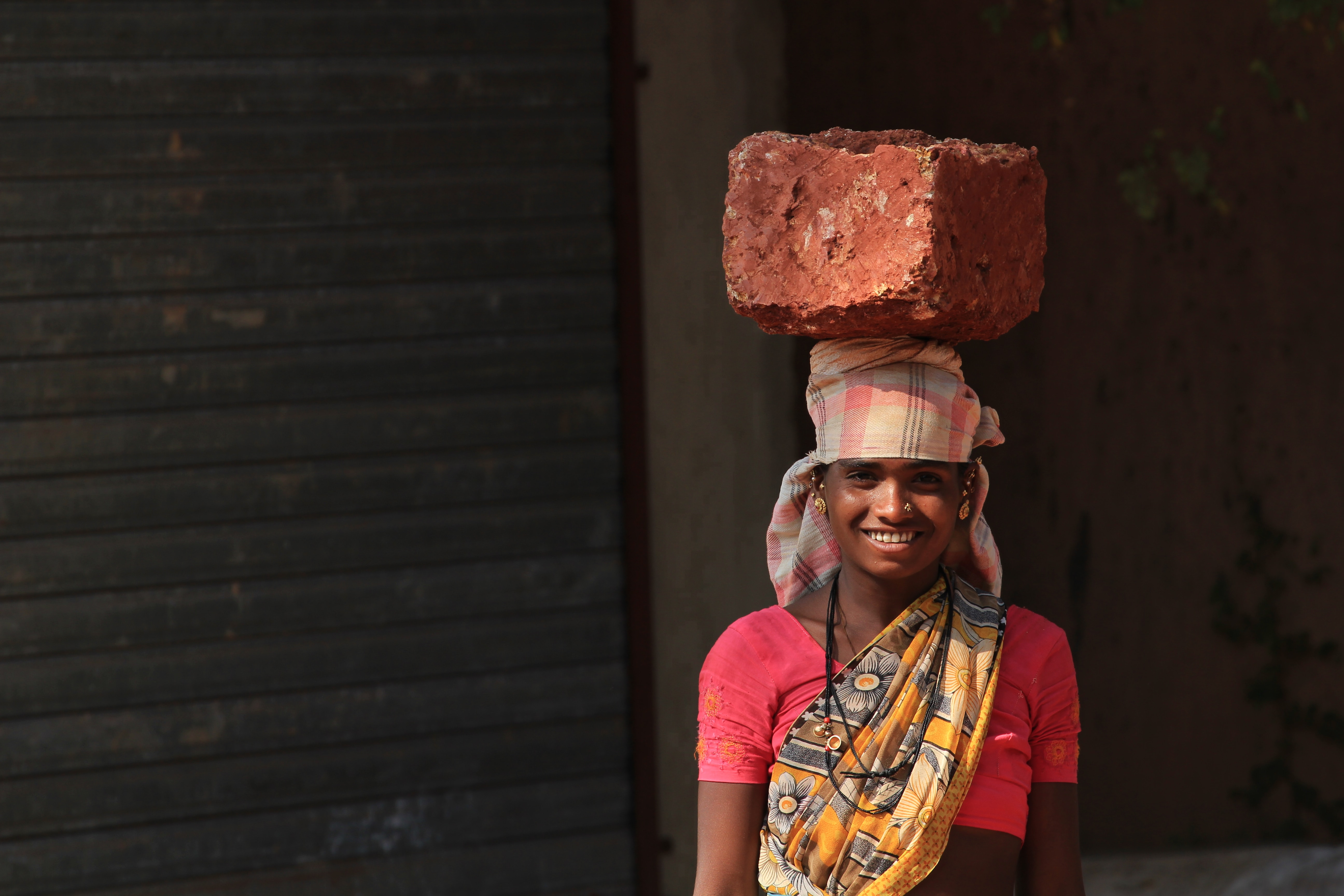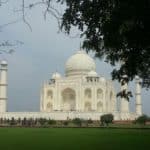7 interesting announcements made in Budget 2020 for culture. History of Indus-Saraswati Civilization, and much more
The natural history and cultural legacy of a country hold significant value. The identity of the culture helps to introduce the country in front of the world.
Cultural heritage is an important symbol of values, aspirations, and beliefs which the people of the country hold. Patrimony like historical sites, old monuments, religious spots, landmarks, cult idols, shrines, and buildings hold cultural aesthetic significance.
The knowledge of intangible art is transferred from generation to generation helping transfer skills which are still used in various art forms. It is also important to protect these symbols because it helps in keeping our integrity intact.
Considering this, the Government of India has recently made several announcements to nurture these art forms and heritage. The Finance Minister referred to India as a Saraswati Indus Civilization.
Let’s have a look at the announcements made, but first, let’s see how Saraswati Indus Civilization defines the multicultural aspect which India so beautifully entails within.
Indus Saraswati Civilization – Some history

Indus Saraswati Civilization refers to the area starting from Afganistan, Pakistan, Sind, to Punjab, Haryana. The largest town discovered so far is in Haryana – Rakhigrahi. Harappan Civilization was found earlier than the Indus Saraswati Civilization.
The Hindu Kush Himalayan range extending across the North-Western boundary, along with the abode of snow called the Himalayas formed the basis of the fertile area in the region. This area is defined as the ‘land of the seven rivers’ by the Vedas.
The first tribe of pastoral nomads started settling in the area around the 7000-5000 BCE. The various communities in the region shared skills like pottery and metallurgy. The cities were well planned with proper drainage systems making it one of the most planned civilizations of the time.
According to archaeological sources, as mentioned in NCERTs, the people practised burial, grew crops like barley, wheat, rice, and sugarcane, kept pastorals.
Aesthetically, while the existence of fire altars in Lothal and Kalibangan reveals the worship of cults, it is believed that they practised worshipping natural forces like Indra, Agni, Varuna, and Vayu.
Unfortunately, the script called Boustrophedon still hasn’t been deciphered. Hence, a lot of facts about civilization remains unknown.
7 Interesting announcements made in Budget 2020
- Five archaeological sites would be developed as ‘iconic sites’ with onsite museums. These sites are Rakhigarhi in Haryana, Hastinapur in Uttar Pradesh, Shiv Sagar in Assam, Dholavira in Gujarat, Addichanalur in Tamil Nadu.
- The government announced that it would curate and innovate Indian Museum in Kolkata, located in Old Mint Building.
- The budget also announced the Museum of Numismatic and Trading, but the location of the same wasn’t specified.
- Four museums would be chosen for renovation to give world-class experience to the visitors.
- Tribal Museum to be set up in Ranchi, Jharkhand.
- Ministry of Shipping to administer a Maritime Museum which would be set in the Harappan age site near Lothal, Gujarat.
- The government has also proposed to the Indian Institute of Heritage and Conservation under the Ministry of Culture. Initially, it would be given a deemed university status.
Historical Account of places mentioned
1. Rakhigarhi

Rakhigarhi in Haryana is the largest discovered site from the Indus Valley Civilization. It was an industrial centre till 6500 BCE. It later became a part of the mature phase of Indus Valley Civilization, dating from 2600 BCE to 1900 BCE. The site is located in the plain of the Saraswati River, and near to Ghaggar, one of the tributaries of Ganga.
The roads were wide during that time. Pottery art was similar to the one practised in the historical places of Banawali and Kalibangan. There are several pits surrounding the well which were found, most probably used for religious purposes.
The most astonishing feature is the burial site having over 11 skeletons, head facing the north direction. Utensils and other items of daily use were also placed along with the body of the buried.
Fire altars like the ones in Lothal and Kalibangan are also revealed in Rakhigarhi.
2. Shiv Sagar

Sivasagar or Shiva Sagar was formerly known as Rangpur. It was the capital of the then Ahom Kingdom which ruled in the place between late 17th to late 18th century AD. The Ahoms were ruled by Assam for over six centuries.
Ranghar is an amphitheatre which still exists in the place. This amphitheatre is oval-shaped double storied with a roof which is shaped like an inverted boat. It is said that the Ahom King Pramatta Singha used to watch games played by the royal members of the family here.
Karenghar or the royal house of the Ahoms, Charaideo Mountains, and Talatal Ghar are the important destinations if you wish to visit the place to enjoy its historical beauty.
3. Hastinapur

A city in Meerut district of Uttar Pradesh, this city is described by the Hindu Epics like Mahabharata and Purana as the capital of the Kuru Kingdom. In fact, the city also finds mention in ancient Jain texts. According to the Mahabharata, about 100 Kaurava brothers used to live in the city with Queen Gandhari – their mother, King Dhritarashtra – their father.
The first reference in Puranas of Hastinapur is as capital under the Emperor Bharata.
Interestingly, BB Lal, the Director-General of Archaeological Survey of India point out how there were in fact similarities between the materials mentioned in the Mahabharata epic and the ones found during the excavation of the place.
4. Dholavira

Located on Khadir Beyt in the island of Great Rann of Kutch, the historical site was excavated in 1990 by RS Bisht of Archaeological Survey of India. The city is large as Mohenjodaro and Harappa. It boasts of one of the most well-preserved stone architecture. Indus script has also been discovered in the place.
Along with all this, excavations also found large reservoirs which were complemented by the elaborate drainage system.
In Dholavira, we find evidence of three settlements or divisions duly protected with fortification. This shows that there might have been a division in society and different places of worship.
5. Adichanallur

Adichanallur is one of the archaeological sites which has evidence of civilization from the Neolithic times. It is located in the Thoothukudi district of Tamil Nadu. Korai, which was the capital of Early Pandyan rulers is located in proximity to the place.
Around the late 19th century, a district engineer, collector, and Ethnologist from Germany excavated the place and found many earthen pots of higher quality then they used to have in local markets. Along with that were found baked earthenware utensils, iron weapons, and bones and skulls which may have been burial grounds.
The catalogue prepared for the list of things mentioned a lot of silver, gold, iron and bronze. But surprisingly, the most recent excavations revealed only earthenwares. According to some sources, the costly ornaments may have been taken by the Britishers.
What do all these announcements mean?
Recently, India improved in the rankings of Travel and Tourism for Competitive Index released by the World Economic Forum. India ranks 34th in the rankings, six places above previous year rankings. This means that India is improving in its efforts of conservation and accessibility to the cultural heritages in the country.
Further, renovation attempts mean improving finances for the protection of the heritage of the country. Acquisition in the knowledge of disciplines like archaeology and museology is essential for connecting and analyzing scientific evidence of such findings and disseminating it through high-quality museums. Currently, India lacks effective manpower for both these disciplines and therefore it harms tourism.
Protection efforts will help improve the cultural facets of the country, along with increasing opportunities to promote tourism in these areas.










I really appreciate you for publishing this blog here budget 2020 focus on Indian culture heritage; it’s really a helpful and very useful for us. This is really appreciated that you have presented this data over here, I love all the information shared. Great article!
Amazing
I blog quite often and I genuinely thank you for your information. The article has truly peaked my interest.